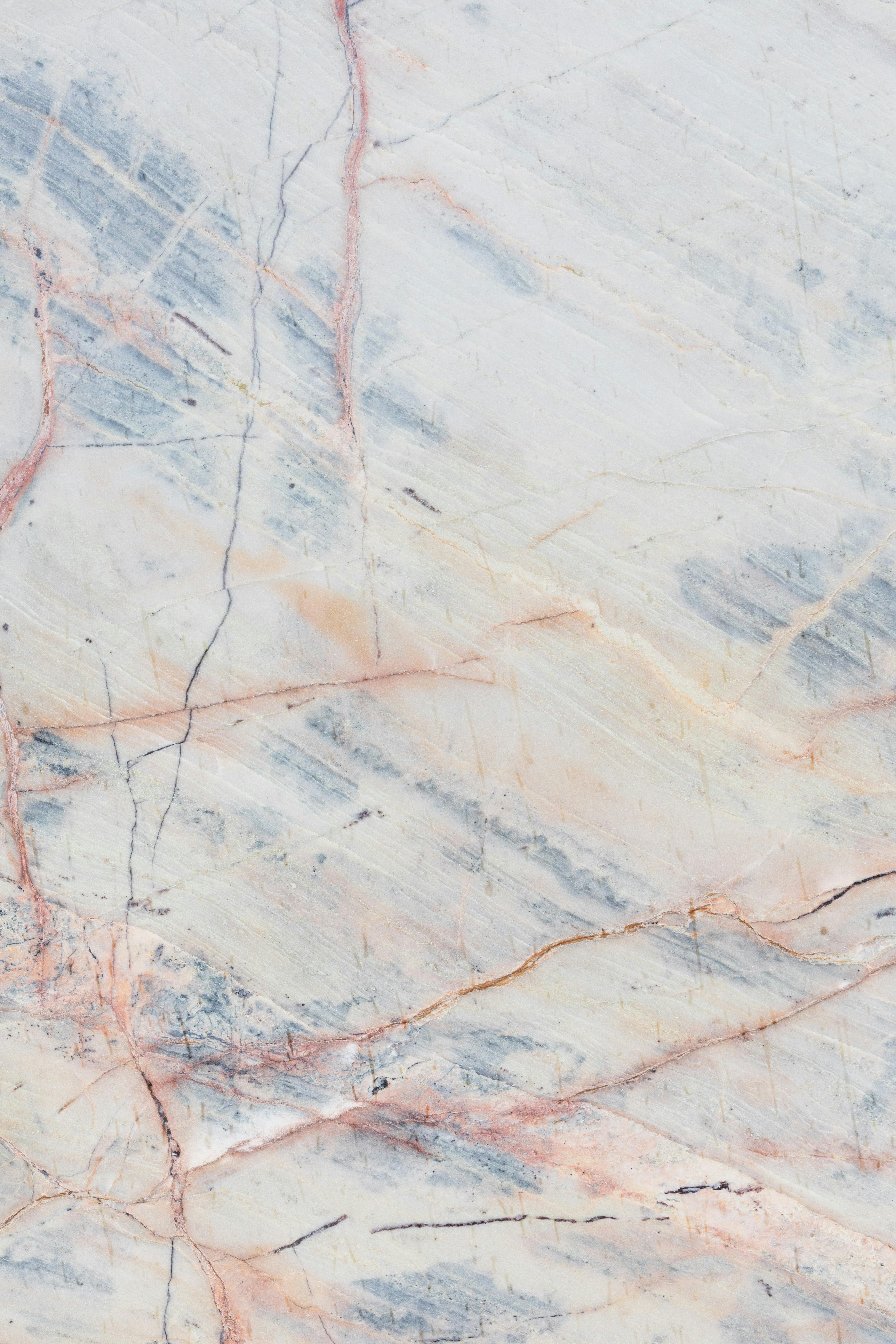Exploring the Benefits and Applications of Sprayed Foam Insulation
Sprayed foam insulation has become a popular choice for homeowners and builders seeking effective thermal protection and energy efficiency. This versatile insulation method creates an airtight seal that helps regulate indoor temperatures, reduce energy costs, and improve overall comfort. Understanding how this material works, its various types, and its installation process can help property owners make informed decisions about their insulation needs.

Sprayed foam insulation represents a modern approach to building insulation that addresses many limitations of traditional materials. As energy costs continue to rise and environmental concerns grow, more people are turning to advanced insulation solutions that deliver superior performance. This insulation method involves applying a liquid mixture that expands and hardens, creating a continuous barrier against heat transfer and air infiltration.
What Is Sprayed Foam Insulation?
Sprayed foam insulation consists of two chemical components mixed at the application nozzle, creating a foam that expands rapidly upon contact with surfaces. The material fills gaps, cracks, and irregular spaces, forming a seamless insulation layer. Unlike traditional fiberglass or cellulose insulation, this foam adheres directly to surfaces and expands to fill voids completely. The result is an insulation system that provides both thermal resistance and air sealing in a single application. This dual functionality makes it particularly effective in reducing energy consumption and improving indoor air quality by preventing drafts and moisture infiltration.
Advantages of Using Sprayed Foam Insulation
The primary advantage of sprayed foam insulation lies in its superior thermal performance. The material offers higher R-values per inch compared to traditional insulation types, meaning better resistance to heat flow in a thinner application. This efficiency translates directly to lower heating and cooling costs throughout the year. Additionally, the air-sealing properties eliminate drafts and reduce the workload on HVAC systems, extending their lifespan and improving comfort levels.
Beyond energy savings, sprayed foam insulation provides structural benefits. Once cured, the foam adds rigidity to walls and roofs, potentially increasing the overall strength of the building. The material also acts as a moisture barrier, reducing the risk of mold growth and water damage. Its ability to fill every crack and crevice makes it particularly effective in older buildings with irregular framing or hard-to-reach spaces. Sound dampening is another notable benefit, as the dense foam reduces noise transmission between rooms and from outside sources.
Different Varieties of Sprayed Foam Insulation
Two main categories of sprayed foam insulation exist: open-cell and closed-cell. Open-cell foam has a spongy texture and lower density, with air pockets that give it flexibility. This type typically has an R-value of approximately 3.5 per inch and allows some moisture vapor to pass through. It works well for interior applications and sound dampening but requires a separate vapor barrier in most climates.
Closed-cell foam, in contrast, has a rigid structure with tightly packed cells that prevent air and moisture penetration. With an R-value of around 6 to 7 per inch, closed-cell foam provides superior insulation in less space. This variety also adds structural strength and serves as its own vapor barrier. The choice between these types depends on specific project requirements, budget considerations, and local building codes.
How Sprayed Foam Insulation Is Applied
The installation process requires professional equipment and expertise to ensure proper application and safety. Trained technicians arrive with specialized spray rigs that heat and pressurize the two chemical components. Before application begins, the work area must be properly prepared, with surfaces cleaned and protected. Occupants and pets typically need to vacate the premises during application and for a curing period afterward.
During installation, the technician sprays the foam mixture onto designated surfaces in controlled passes. The foam expands within seconds, filling cavities and adhering to substrates. Multiple layers may be applied to achieve the desired thickness and R-value. After application, the foam continues to cure for 24 to 48 hours, during which proper ventilation is maintained. Once fully cured, any excess foam is trimmed, and the area is ready for finishing work such as drywall installation.
Reasons to Choose Sprayed Foam Insulation
Homeowners and builders select sprayed foam insulation for several compelling reasons. The long-term energy savings often offset the higher initial investment compared to traditional insulation materials. Buildings with sprayed foam insulation typically see energy bill reductions of 20 to 50 percent, depending on climate and previous insulation conditions. This efficiency contributes to a smaller carbon footprint and increased property value.
The material’s durability is another consideration. Unlike fiberglass that can settle or cellulose that may absorb moisture, sprayed foam maintains its insulating properties for decades without degradation. It does not provide food for pests, reducing the likelihood of infestations. For new construction, renovation projects, or addressing specific problem areas like attics and crawl spaces, sprayed foam insulation offers a comprehensive solution that addresses multiple building performance issues simultaneously.
The versatility of sprayed foam insulation extends to various applications, from residential homes to commercial buildings and industrial facilities. Its ability to conform to any shape makes it ideal for complex architectural designs and retrofit situations where traditional insulation would be difficult to install effectively.
Sprayed foam insulation represents a significant advancement in building science, offering benefits that extend beyond simple thermal protection. By combining insulation and air sealing in one application, it addresses multiple performance factors that contribute to comfortable, efficient, and durable buildings. While the initial investment may be higher than conventional options, the long-term advantages in energy savings, structural integrity, and indoor environmental quality make it a worthwhile consideration for many projects.




